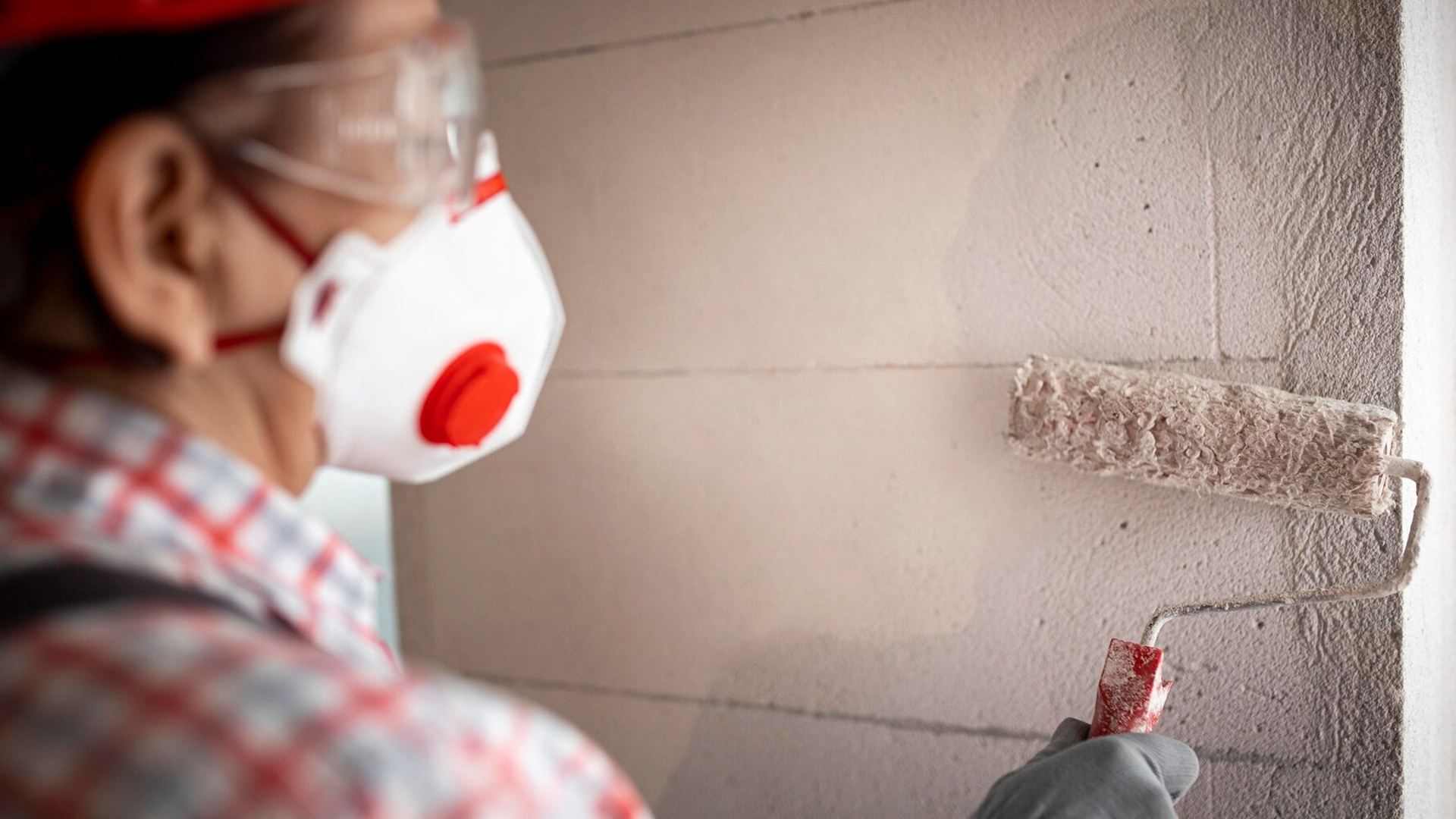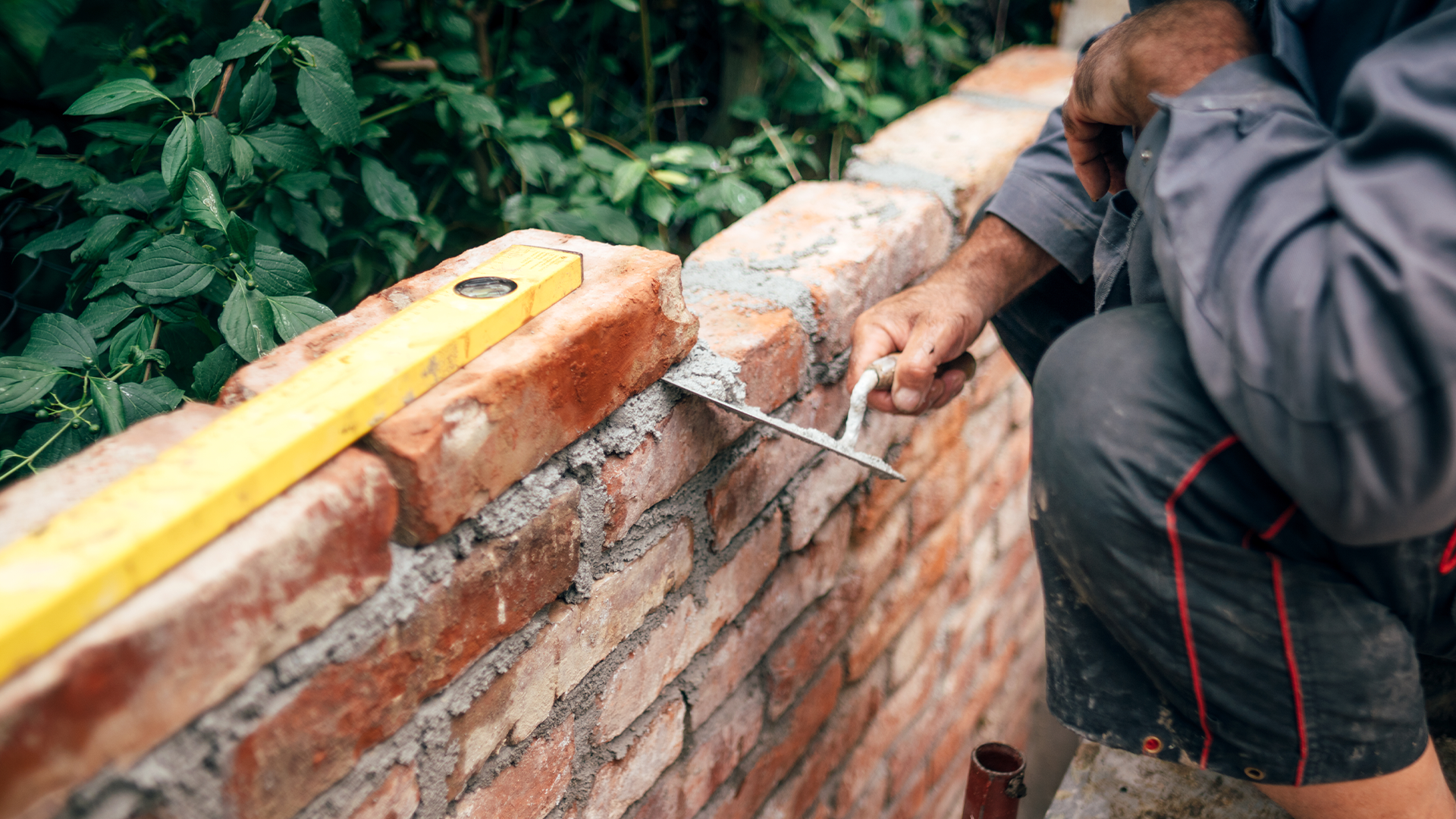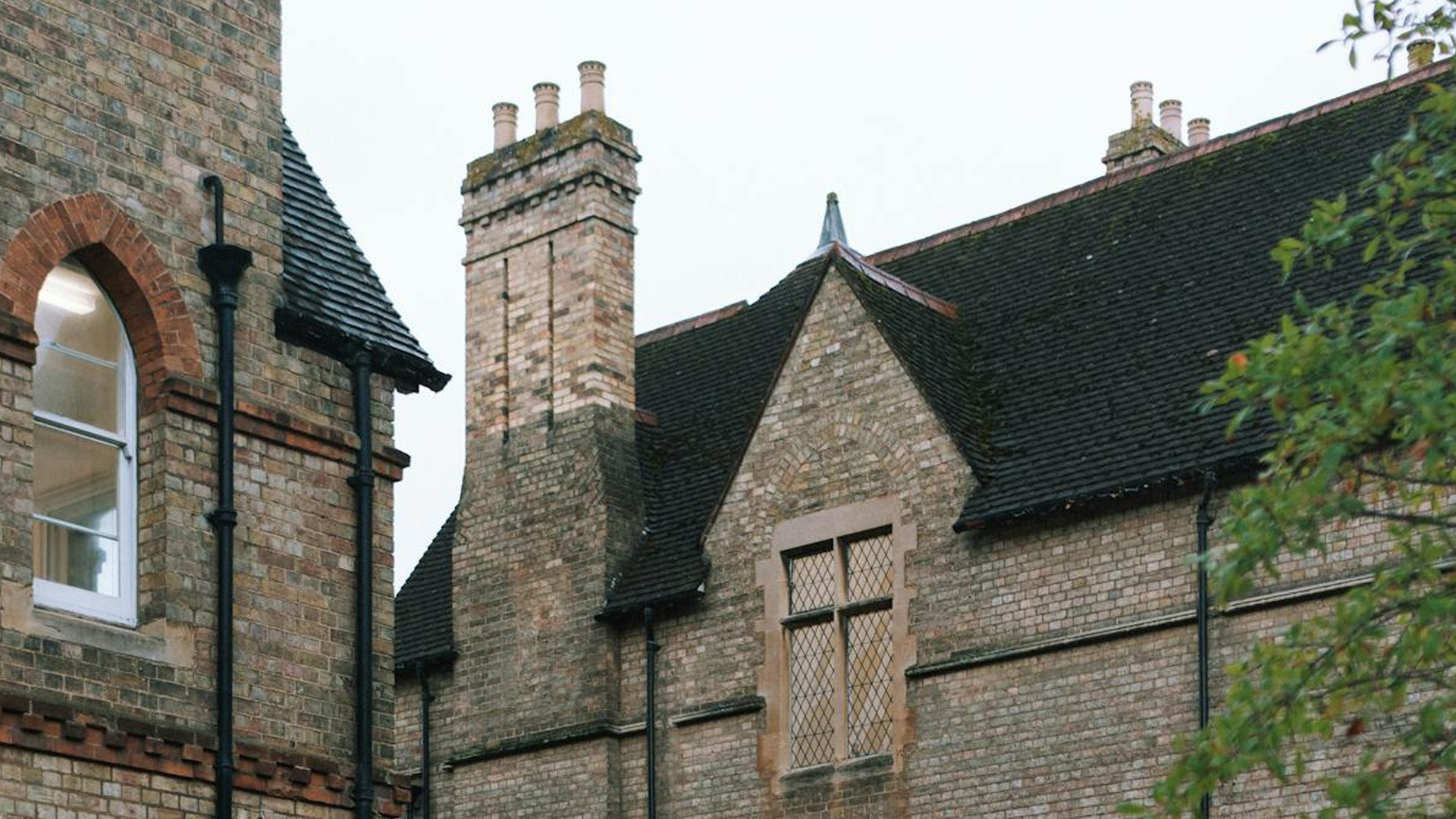In the quest for energy efficiency and warmth, UK homeowners are increasingly turning their attention to loft insulation. However, an unintended consequence of this well-intentioned upgrade is loft condensation, a problem that can lead to a host of issues, including mould, mildew, and structural damage. This blog explores the intricate link between loft insulation and condensation, offering insight and solutions to homeowners across the UK.
The Science of Condensation
The phenomenon of condensation is a natural process that plays a significant role in the atmospheric conditions within our homes, particularly in areas like lofts where insulation and temperature differences are prominent factors. To delve deeper into the science of condensation and its implications for insulated lofts, it’s crucial to understand the principles of air moisture and temperature dynamics.
Understanding Air Moisture
Air around us contains water vapor, the amount of which is determined by the temperature and pressure of the air. Warm air can hold more moisture compared to cold air. This capacity is often referred to in terms of “relative humidity” (RH), which is the percentage of moisture the air holds relative to the maximum it can contain at that temperature. When warm, moist air encounters a surface or air mass that is cooler, it cools down, and its ability to hold moisture decreases.
The Dew Point
The temperature at which air must cool to become fully saturated and for dew to form is known as the “dew point.” If air cools further beyond this point, it can no longer hold all its moisture, leading to condensation. This process is precisely what happens in many lofts. The warm, moist air from the living spaces below rises to the cooler, often less insulated loft space. When it comes into contact with the colder surfaces of the roof or windows, the air’s temperature drops, reaching its dew point, and releases moisture in the form of water droplets.
The Role of Insulation in Condensation
Insulation in a loft aims to reduce heat loss by creating a barrier between the warm interior of a home and the cold exterior. However, if the loft space is not properly ventilated, the insulation can also trap moisture, increasing the relative humidity. When the temperature in the loft drops at night or during colder weather, the air’s capacity to hold moisture decreases, and condensation occurs on any surface colder than the dew point of the air.
This effect is compounded in lofts because the roof, typically being the least insulated part of a house, remains significantly cooler than the insulated loft floor or the air itself. The stark temperature gradient between the insulated and uninsulated parts of the loft exacerbates the conditions for condensation to form.
Implications of Loft Condensation
Beyond the immediate nuisance of water droplets and potential dripping, condensation has broader implications for the structure and health of a home:
- Mould and Fungal Growth: Moist surfaces provide ideal conditions for the growth of mould and fungi, which can lead to health issues for the inhabitants, including respiratory problems and allergies.
- Structural Damage: Prolonged exposure to moisture can damage the wooden structures of the roof, causing rot and weakening the structural integrity of the home.
- Insulation Damage: Wet insulation loses its effectiveness, reducing the energy efficiency of the loft insulation and, by extension, the entire home.
Identifying the Causes
Several factors can exacerbate loft condensation:
- Inadequate Ventilation: Proper airflow is essential for carrying moisture out of the loft.
- Increased Indoor Humidity: Activities like cooking, showering, and drying clothes indoors can raise humidity levels, contributing to condensation.
- Thermal Bridging: This occurs when materials with poor insulating properties allow heat to bypass the insulation, creating cold spots where condensation can form.
Finding Solutions
The good news is that there are effective strategies to manage loft condensation:
- Improve Ventilation: Consider installing vents or a loft ventilation system to ensure continuous airflow, removing moist air before it can condense.
- Use a Vapour Barrier: A vapour barrier installed beneath the loft insulation can prevent warm moist air from reaching the cold surfaces in the loft.
- Address Indoor Humidity: Use extractor fans in kitchens and bathrooms, dry clothes outdoors when possible, and consider a dehumidifier to reduce indoor moisture levels.
- Inspect and Upgrade Insulation: Ensure your insulation is evenly distributed and free from gaps. Consider materials that are more breathable or designed to manage moisture.
Understanding Loft Insulation
Loft insulation is a fundamental component in the energy efficiency and thermal comfort of homes, particularly in climates like the UK’s, where maintaining warmth during the long, cold winters is essential. Insulation in the loft or attic space reduces heat loss, keeping homes warmer without the need to increase heating, leading to lower energy bills and a smaller carbon footprint.
How Loft Insulation Works
The principle behind loft insulation is simple yet effective. Insulating materials work by trapping pockets of air within their structure. This trapped air becomes a barrier to heat flow, slowing down the transfer of heat from the warm interior of your home to the colder exterior environment. The effectiveness of loft insulation is measured in terms of its thermal resistance, or R-value, with higher values indicating better insulation performance.
Types of Loft Insulation
There are several types of loft insulation materials available, each with its own set of advantages and considerations:
- Blanket Insulation: This is the most common type of insulation, typically made from mineral wool, fiberglass, or recycled materials. It comes in rolls that can be easily laid between the joists in your loft.
- Loose-Fill Insulation: Made from lightweight materials like cellulose, mineral wool, or fiberglass, loose-fill insulation is blown into place, making it ideal for lofts with irregular joist spacing or numerous obstructions.
- Sheet Insulation: For lofts converted into living spaces, sheet insulation made from polystyrene, polyurethane, or phenolic foam can be applied to the underside of the roof.
- Spray Foam Insulation: Applied as a liquid that expands into a foam, spray foam insulation provides both thermal insulation and air sealing, making it suitable for sealing gaps and awkward spaces.
Benefits of Loft Insulation
The primary benefit of loft insulation is its ability to significantly reduce heat loss, leading to:
- Reduced Energy Bills: By maintaining a more constant indoor temperature, loft insulation reduces the need for heating in winter and cooling in summer.
- Increased Comfort: Insulation minimizes temperature fluctuations, keeping your home more comfortable year-round.
- Environmental Impact: Reducing energy consumption lowers greenhouse gas emissions, contributing to efforts against climate change.
- Enhanced Home Value: Energy-efficient homes with high-quality insulation are often more attractive to buyers, potentially increasing property value.
Considerations for Effective Loft Insulation
For loft insulation to be effective, several factors must be considered:
- Thickness: The thickness of the insulation material directly impacts its effectiveness. Current UK building regulations recommend a minimum depth of 270mm for mineral wool insulation.
- Ventilation: Adequate ventilation is crucial to prevent the build-up of condensation, which can dampen insulation and reduce its effectiveness.
- Installation: Proper installation is key to maximizing the benefits of loft insulation. This includes ensuring even coverage without gaps and addressing thermal bridging by insulating loft hatches and pipes.
Professional Assessment
While DIY measures can provide temporary relief, a professional assessment by a company like All Weather Coating can offer long-term solutions. Specialists in weatherproofing and exterior wall coatings, our experts can identify and rectify the root causes of loft condensation, ensuring your home remains warm, dry, and energy-efficient.
Conclusion
The relationship between loft insulation and condensation is a complex one, influenced by a variety of factors from ventilation to indoor humidity. By understanding this link, homeowners can take proactive steps to protect their homes from the potential damages caused by unchecked condensation. Whether through DIY improvements or by seeking professional advice, addressing loft condensation is crucial for maintaining the health and efficiency of your home.
For homeowners looking to navigate the complexities of loft insulation and condensation, All Weather Coating offers a range of services designed to improve the comfort and durability of your home. Contact us or send an enquiry today to learn how we can help you achieve a warmer, drier, and more energy-efficient living space.









